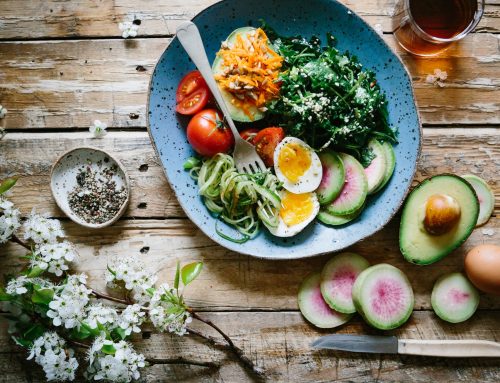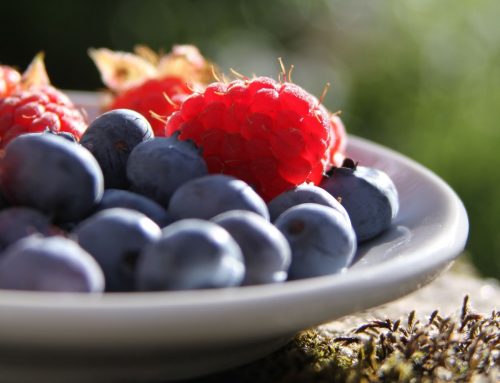The dragon fruit, also known as strawberry pear, pitaya or night blooming cereus, is an oblong fleshy berry with a red or yellow scaly peel. It may or may not have spines.
Seeds are very small, numerous and black embedded within the pulp. The fruit pulp may be white, red or magenta depending on the species. It is one of the tropical fruits under the cactus family, Cactaceae.
The fruit types are categorised as Hylocereus undatus, which has white flesh with red skin, Hylocereus polyrhizus that has red flesh with red skin, Hylocereus costaricencis with violet red flesh and red skin and Selenicerus megalanthus that has white flesh with yellow skin. Selenicereus plants are more sun tolerant and produce sweeter fruits than most Hylocereus species.
The dragon fruit tastes like both kiwi and pear. The word pitaya means any of several erect, sprawling or vining cacti.
The pitaya or dragon fruit plant has an ornamental value due to its large creamy white flowers that bloom at night.
Once planted, the crop can grow for about 20 years. A hectare of land can have about 800 dragon fruit plants.
Three to four-year-old plants may produce about 100kg of fruits per year. The plants grow well in tropical and subtropical climates.
Although they are members of the cactus family and may withstand dry periods, they have a fairly high water requirement.
Excessive soil moisture, on the other hand, will result in the development of bacterial and fungal diseases.
A dry period is required for initial growth, but once plants flower, periods of drought may result in poor production.
Rainfall requirements are 600 to 1,300mm per annum. Supplementary irrigation is required during the dry seasons.
The dragon fruit plant may be propagated from both seeds and the use of stem cuttings. Stem segments of 12 to 38cm are used.
A slanted cut is made at the stem base; the resulting cutting is then left in a shade for about five to seven days to dry before being planted out directly in the field.
The cuttings grow fast and many produce fruits in six to nine months after planting. Seedlings are slow growing, and unreliable for propagation.
Dragon fruit may also be grafted, a practice that is however not common. The fruits are well-adapted to a wide range of soils that are well-drained. They will thrive in soils high in organic matter or where manure is added.
HIGHLY NUTRITIOUS FRUITS
After the fruits change from green to red or yellow for the Selenicereus plants, harvesting can be done. Fruit ripening may be prolonged if the weather is cool.
Another indicator for fruit maturity is that a hole appears inside the cavity of the fruit. When this happens, the fruits are due for harvesting.
It takes an average of 45 days for fruit to develop after pollination for the Hylocereus species and up to 150 days for Selenicereus.
Artificial cross-pollination between the different types planted ensures better fruit set and size. To ensure good fruit production, it is recommended that two or three different species are planted.
Pruning is necessary as it may promote flowering and stem branching. It is done to remove any diseased, damaged or dead stems. It is also done after harvesting is completed.
After harvesting, the fruits are packed in well-aerated cartons, trays, or containers and stored. Their shelf-life is two to three weeks if stored in the open (under room condition) and 27 to 42 days if cold-stored.
Dragon fruits are commonly consumed fresh. Slicing through the soft ripe fruit or cutting it into two will expose the inner flesh.
The flesh is then spooned-out and eaten. The fruit can also be peeled, sliced or diced and added into salads.
The fruit pulp can be used to make ice cream, yoghurt, jelly, preserves, marmalade, juice, candy and pastries.
Unopened flower buds can be cooked and eaten as a vegetable. Opened flowers can be used for making tea. The fruits are nutritious.
They are rich in antioxidants, vitamins B1, B2, B3 and C, polyunsaturated fatty acids, carotene, protein, calcium, iron and phosphorus. The seeds contain omega-3 fats.
The red flesh dragon fruit varieties contain lycopene, which is a natural antioxidant known to fight cancer, heart disease, and lowers blood pressure.
Dragon fruits are highly nutritious. They are easy to keep fresh under room condition. Several processed products can also be made from the pulp of the fruit. The crop is hardy and can survive in any type of climatic condition that is favourable for flowering and fruiting.
It also does well in a wide variety of soils with good drainage. The imported fruit is found in supermarkets, but nothing stops its local production since we have the right conditions for its growth.
Source: Daily Nation





